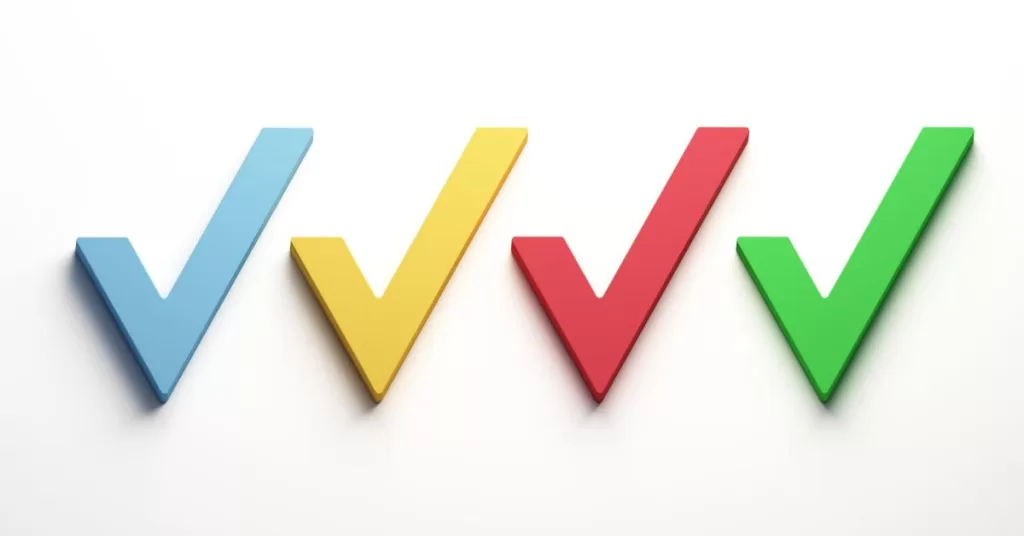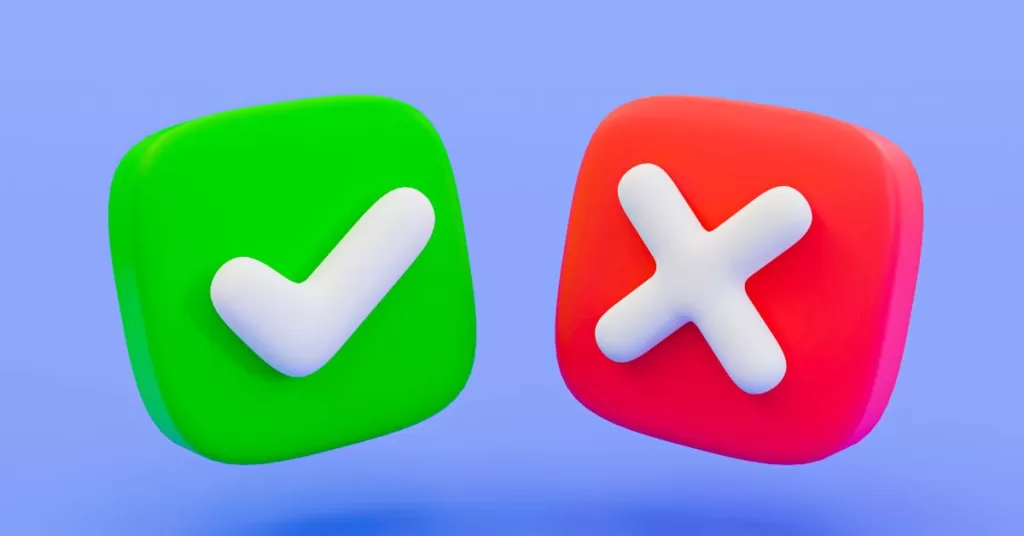Customer retention is the key to profitably expanding your business. And this is particularly true for subscription-based models where the steady stream of income depends on maintaining good customer relationships.
In SaaS, any lost customer means more than a drop in income. It also means losing the opportunity to collect more usage data and further improve the service. But this is where cancellation surveys come into play.
By understanding why the customer leaves, you can then focus on data-driven improvements to enhance the customer experience. In turn, this will prevent future churn and boost customer loyalty.
The Importance of Cancellation Surveys
Understanding the “Why”
Cancellation surveys serve a vital purpose. They are the primary tool for isolating the reasons that cause customers to stop using our product. Quite often, the reason for the cancellation seems to be just the tip of the iceberg. Sometimes, the reason you will hear might sound superficial or unactionable. But you will have to analyze the meaning behind it to discover the real problem.
For example, some people might say your tool is too complex and not easy to use. If you have already ruled out the reason through customer interviews and usage data analytics, you might want to look elsewhere. It might be the case that the problem is not technical. Maybe your onboarding is not as good as you think. Or maybe your customer support team is not easily accessible.
The Benefits of Listening
There are several reasons why it is beneficial for businesses to listen to customer feedback that goes beyond reducing churn. When customers are filling out these surveys, they are giving you the gift of information. You can use this to help you figure out what went wrong and how to fix it.
These insights help companies to make data-driven adjustments to their service. Hearing what the customer said, whether in a positive way or a somewhat more negative way, has the potential to help a business serve its customers better in the future.
Making these types of changes will also lead to an improved reputation as a responsive and customer-centered company. Over time, this will drive greater customer loyalty and retention.
Crafting Effective Cancellation Survey Questions
An effective cancellation survey depends on the smart design of questions to direct customers toward giving the meaningful feedback you need. Most surveys contain questions that get at the “why” of the cancellation and that also probe the “how satisfied were you overall” part of the customer’s experience. Brainstorming and structuring the “what could we have done differently or better” part of the survey takes more time but is worth the effort.
Essential Questions
The most important part of any cancellation survey is the question that gets the reason behind the cancellation. This question should invite the user to share their experience. An open-ended question like ‘What is the main reason for canceling your subscription?’ allows the customer to share their thoughts. To add some structure, you can consider adding multiple-choice options for the most common reasons. However, try to highlight the input field to encourage people to write the specifics for their own case.
It is fundamental not only to comprehend the reasons behind customer attrition but also to gauge customer contentment. Requesting customers to evaluate their satisfaction with a given product or service allows us to attain a numerical measure of customer sentiment.
This rating, be it on a scale from 1 to 10 or some other form, makes it possible to track satisfaction over time and to relate it directly to customer retention or churn. Following the overall satisfaction question with inquiries about the quality of particular aspects – product quality, customer support, ease of use, and value for money, for instance – yields even more powerful signals of trouble.
One last but very vital aspect of a cancellation survey is the part where you invite customers to suggest changes to your product or service that would make it more appealing. You can do this through a question like: ‘If you could change one thing about [product name] starting tomorrow, what would that be?’
An open-ended question like this gives your former customers a chance to not hold back in telling you how they think you might improve your offering. And you can get a ton of “improvement advice” from ex-customers.
Why These Questions Matter
Every question in a cancellation survey has a distinct role. The reason-for-cancellation question gets straight to the heart of the matter, revealing the kinds of problems that drive customers to leave.
The overall satisfaction rating offers a straightforward, measurable view of the customer experience. This can be tracked over time and you can even use it as a benchmark.
Finally, the open-ended suggestion puts the churned customer in the role of a consultant. This will help your business gather new ideas, feature requests, and new perspectives on your tool or service.
Best Practices for Implementing Cancellation Surveys

To get the most out of a cancellation survey, you should make your questions as specific to your business as possible and test out variations of the survey. Here are some tips and directions to help you create your own.
Timing
When to send a cancellation survey is very important. To get precise and accurate feedback from customers who decide to leave your service, you have to send the survey just after the cancellation is made.
This way you are sure that the information is fresh in the customer’s mind, allowing them to provide detailed and specific feedback.
If you wait too long you will most likely get vague or incomplete answers. Also, the completion rate will most probably be lower. No one wants to spend time remembering why they canceled a service a while ago.
Length
Try to keep your survey brief. A cancellation survey should ideally have only three to five questions. You might be tempted to ask more questions, especially when trying to get at the whys and wherefores of a cancellation, but lengthy surveys can be off-putting and may yield poorer response rates.
A shorter survey will promise a quicker completion time. And that temptation probably keeps the customer in a better frame of mind for actually completing the survey.
Ease of Use
To get good answers from surveys, they must be easy to use. This means that the people taking them need to be able to find their way around the survey, which should have clearly marked choices and a flow that moves logically from question to question. If the design is intuitive they’ll also be able to answer without any friction.
You can try including all sorts of design elements such as radio buttons, rating scales, and text fields. This will make the process more pleasant and will help increase the completion rate. Also, number your questions (e.g. 1 out of 3) to set clear expectations from the beginning.
Incentives
In some cases, offering a small incentive might encourage higher participation rates. For example, you can offer a discount on future services, a small gift card, or even an entry into a prize draw. You can be as creative with this as you want.
When customers know there’s a reward for their time, they might be more likely to complete the survey. However, you might also want to track the time spent to complete the survey. This will help you weed out the people who quickly choose random answers just to get the prize.
Data Analysis
After the replies are gathered, it is crucial to dissect the survey data to discover the patterns and trends within. It’s necessary to group the responses by common themes, like “pricing problems,” “the product is too hard to use,” or “the product doesn’t fit my needs.”
From this grouping, you can get a clear picture of the main reasons people are canceling and which issues you should focus on fixing for your retention strategy to be effective. You need to do this analysis not just once, but regularly. The reasons for canceling can change, and you need to measure the impact of any changes you make to your product or pricing to see if your fixes are really working.
Actionable Insights
The most important aspect of a cancellation survey may be what happens following the data analysis. The information that you gather from your customers is valuable, to say the least. It can – and should – be used to implement frequently requested features, enhance customer support resources, or maybe even adjust your pricing structure.
Implementing changes based on churned or current customers’ feedback shows them that their voices are heard. Sharing updates about the changes you have made will also improve your company’s reputation, trust, and credibility.
Conclusion
Customer churn is a problem for any business that offers a subscription or membership model. Cancellation surveys can provide deep insights into what makes customers unhappy enough to leave.
By asking the right questions at the right time, and analyzing the data properly, you can take the cancelation feedback and make it into a roadmap to enhance the customer experience. If you do this consistently, you can enhance your retention strategy which will give you immense long-term gains.



